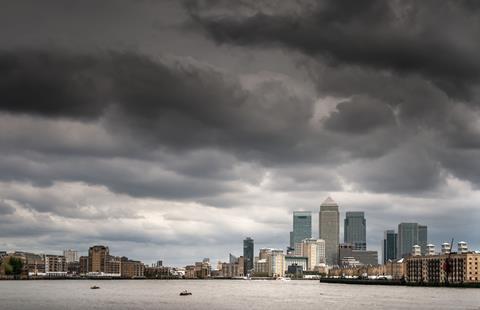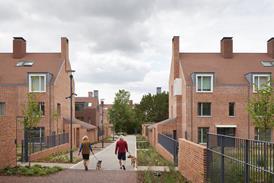Planning delays, inflation and pressures on clients all contributing to gloomy mood
RIBA’s future trends survey has recorded the longest run of pessimism about future workloads since the study started in 2009.
The survey asks practices what level of work they expect over the next three months, providing an index figure which represents average levels of optimism in the profession.
The index in January stood at -8, the seventh consecutive month of negative figures. Any number below zero means practices are on balance expecting workloads to fall.
Over the next three months, 18% of practices expect workloads to increase, 26% expect them to decrease, and 52% expect them to stay the same.

RIBA head of economic research and analysis Adrian Malleson said: “Amid raised interest rates and a weak UK economy, for the seventh consecutive month, architects expect workloads to fall – the longest period of pessimism since the survey began in 2009.
“Persistently above-target inflation, and difficulties for clients obtaining finance, continue to weigh on workloads, while the poor performance of the housing sector continues to impact smaller practices.”
Malleson added that practices had reported “failures” in the planning system which have persistently delayed schemes, reducing revenue.
Others have flagged a downward pressure on fees, including from domestic clients which are seeking free early-stage design and planning advice.
But Malleson said the pictures could start to turn around if inflation levels continue to fall.
“If the Consumer Price Index (CPI) inflation remains on a downward trend, we can hope to see the construction output price inflation to fall.
“While the outlook for 2024 remains uncertain, the hope of falling interest rates and an economy emerging from recession provide some grounds for optimism.”
The workload expectations index rose by one point in January, while the outlook for smaller practices, those with one to 10 staff, improved by five points to -10.
All monitored work sectors retained a negative outlook on future work, although none worsened. The outlook for the private housing sector improved by 4 points to -12, the commercial and public sectors held steady pm -5 and -9 respectively, and the community sector rose by 1 point to -8.
















No comments yet